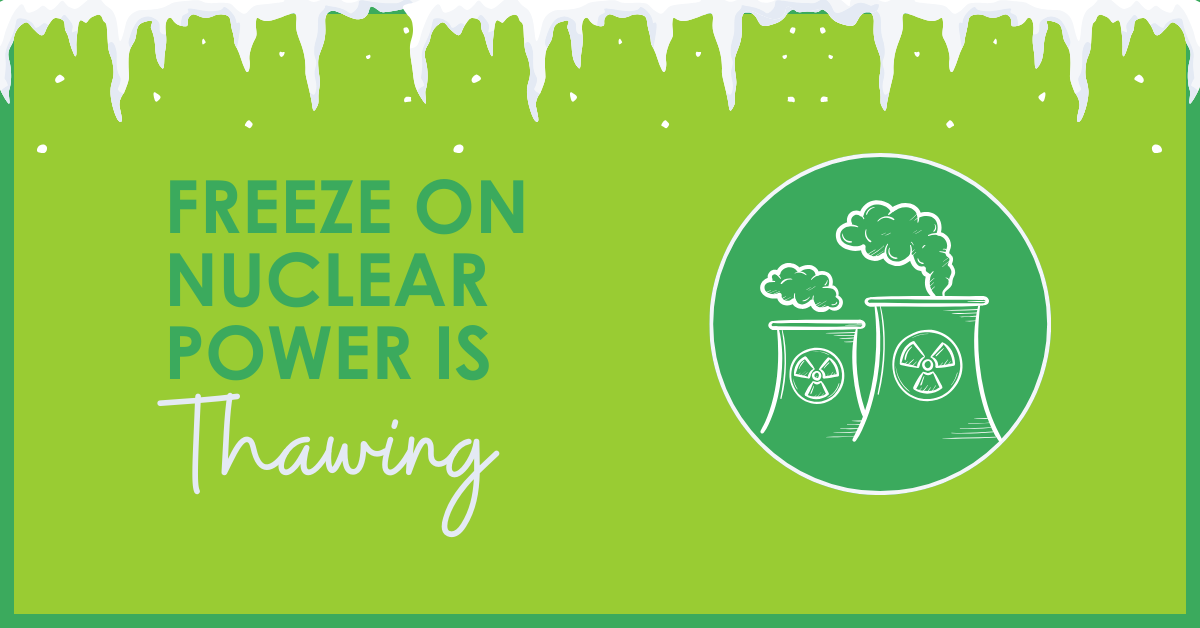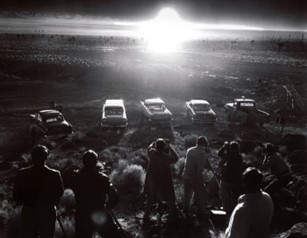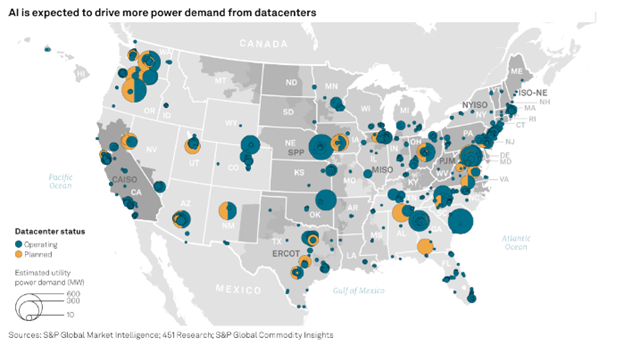
It seems the laggards are finally realizing the planned energy transition to renewables and battery storage – maybe even throwing in a few million miles of 345 kV transmission lines – will not deliver reliable, affordable power.
Miami Herald headline: Half of US at risk of losing power in winter due to strains on power grid. The article notes that “half” is up from a quarter just a year ago. It also reports that during last year’s Christmas Cliffhanger known as Elliot, natural gas generators (the bridge to nowhere) broke down or couldn’t get fuel. I called this shot reverse diversification six years ago. Succinctly, fuel storage to generate electricity is rapidly approaching zero, while hundreds of $billions are being invested to find a miraculous energy storage device.
As an appetizer for a future Rant, how long will it take states and balancing authorities to realize that competitive markets for power generation are doomed?
- “The grid’s vulnerabilities have been revealed during storms in recent years, notably a 2021 deep freeze in Texas that left more than 200 people dead.
- “In Texas, the state grid operator has warned that there is an ‘unacceptable’ risk of an emergency in a powerful winter storm.”
I’ll save the energy and capacity market doom for another day and pivot to nuclear power, the focus of this post.
Utilities Begin to See the C
Out of the woodwork, folks are realizing that nuclear power is required, essential, and mandatory for a reliable, affordable, decarbonized electricity supply. Are reliability and affordability cool? (not coal, cool) The signs are pointed in the right direction. Last week at the 48th Peak Load Management Alliance conference, executives from host utility Duke Energy were, uh, I would say, bragging about their six nuclear plants. A silent round of applause erupted in my mind. That signals to me that support for nuclear power is socially acceptable again.
Lawmakers Coming Around
Last week, EnergyCentral.com posted that the Illinois Senate lifted a 36-year moratorium on new nuclear power plant construction. What happened 36 years ago? I’m not sure, but 37 years ago, the Soviets blew the lid off Chernobyl 4, a reactor with an unstable design, and force-fed a test with catastrophic results.
I guarantee the Illinois 37-year-old moratorium was an uninformed, knee-jerk reaction.
While the legislation opens the door for small modular reactors, fission products for a given fuel remain the same, creating new and unknown challenges like shielding and security-related issues. Why exclude 70 years of experience operating hundreds of pressurized water reactors?
The UN Wakes Up
Also, last week, the United Nations “nuclear chief” declared nuclear energy must be part of the equation to tackle climate change. “Climate-warming hydrocarbons still supply more than 80% of the world’s energy, even after the trillions of dollars spent in the green transition of the past 20 years, Rafael Grossi, director general of the International Atomic Energy Agency, told the UN General Assembly.” “According to the International Energy Agency, more climate-warming carbon dioxide gas was emitted in 2022 than in any other year in records.” That is the definition of abject failure.
There are 400 nuclear reactors operating in 30 countries. There has been one disaster in 70 years of nuclear power plant operation – Chernobyl, which blew up in the first half of those 70 years. I.e., We got this. We know how to do nuclear power safely.
Miss America Gets It
Miss America, Grace Stanke, is a University of Wisconsin-Madison nuclear engineering student, and her supreme cause is nuclear power and its co-benefits, including medicine (as I noted back in 2017), which spared her father’s life from cancer.
She reminds me of some folks I have interviewed. While in high school, her father advised her not to go into nuclear engineering because there was no future in it. Thanks for the advice, Dad. Nuclear engineering it is! I love such tenacity.
I give her credit for making nuclear power excellent again, but probably not as cool as the 1950s when nuclear blast tests in the desert were a tourist destination. The industry even had its version of glamor, Miss Atomic Bomb.
Even Some DOE Get It
Although I reported findings from NARUC[1] speakers in July, I carved out a special section of my notes for this eventual nuclear post. A session on nuclear power featured speakers from the DOE, Tennessee Valley Authority (TVA), and Dow Inc. Here is my smorgasbord of outtakes.
Data Centers
Data centers represent near-constant (baseload) electricity loads, and they are growing in hundred-MW increments across the country. Where? Where power is cheap: coal, nukes, hydro, and in Southwest Power Pool’s wind alley. Note that for all the tech in California, where are the planned data centers? Not California. Affordable, reliable electricity is a draw for major users of it.
 Nuclear Engineering Students
Nuclear Engineering Students
Ms. Stanke made a bold choice to take up nuclear engineering. Tennessee is pushing hard to recruit students into nuclear engineering, said David Fountain with the TVA.
Nuclear’s Fully Burdened Costs
Julie Kozeracki with the DOE said utilities talk about solar and wind all the time, but what really pays the bills (delivers) is natural gas, except when it doesn’t work, as we learned in Texas, 2021, and the Mid-Atlantic, 2022. She went on to say that nuclear is the only source of electricity that fully accounts for all its waste. For that, it is penalized. There are no unpaid, socialized externalities like CO2 emissions, dead birds, or clipped flying rodents.
Industrial Heat
Many industrial facilities need billions/trillions of Btus of mid-temperature heat in steam. Such industries include chemicals, petroleum, plastics, food processing, and tires. Electricity is an excellent source of low-temperature heat (heat pumps) and high-temperature heat (metal arc and induction). Kreshka Young with Dow expressed this need for “gobs of steam from low-cost thermal sources,” per my notes. In that temperature range, electricity is not a low-cost source.
Case Study
I developed a simple model to demonstrate how baseload nuclear power alone, and a couple of iterations beyond that, are absurdly effective at decarbonizing the grid. I’m out of room this week and will present those results next week. Tune in!
[1] National Association of Regulatory Utility Commissioners








